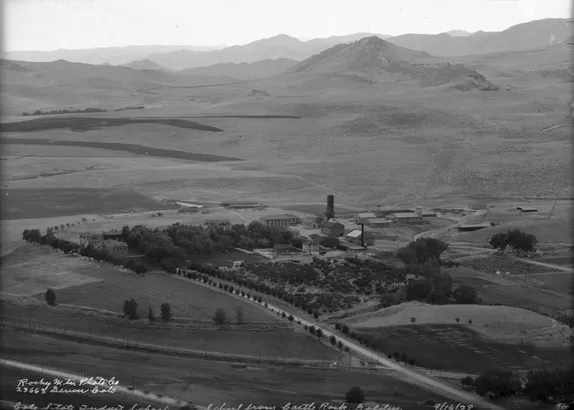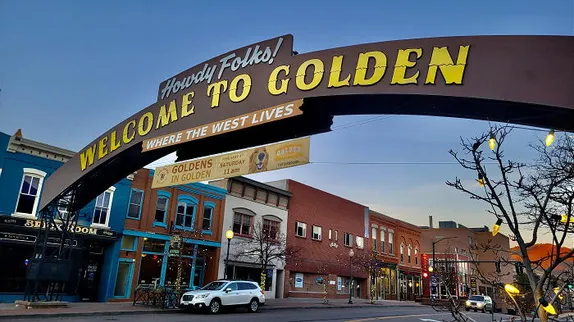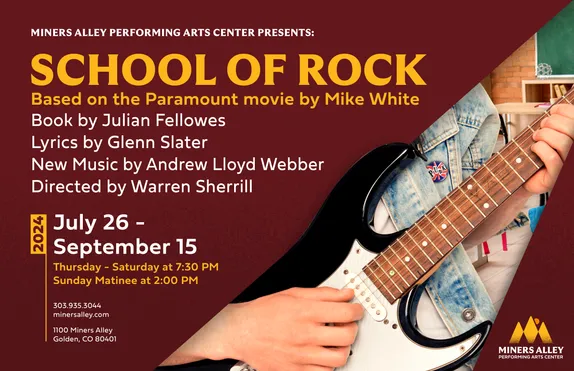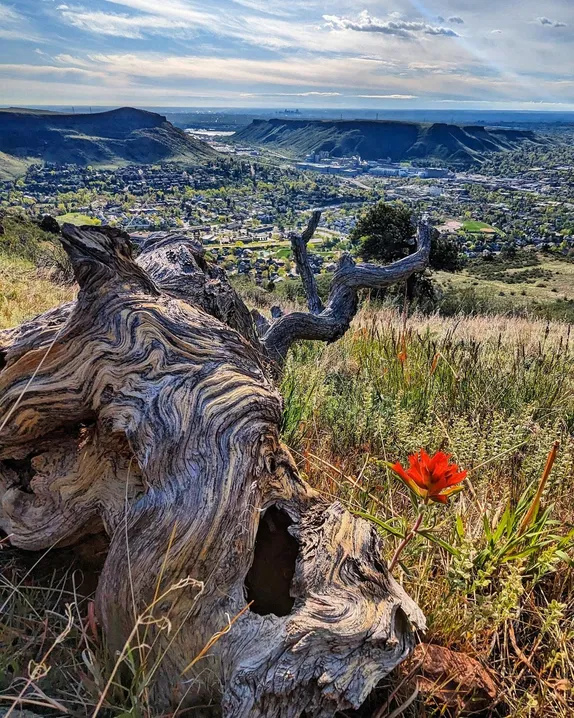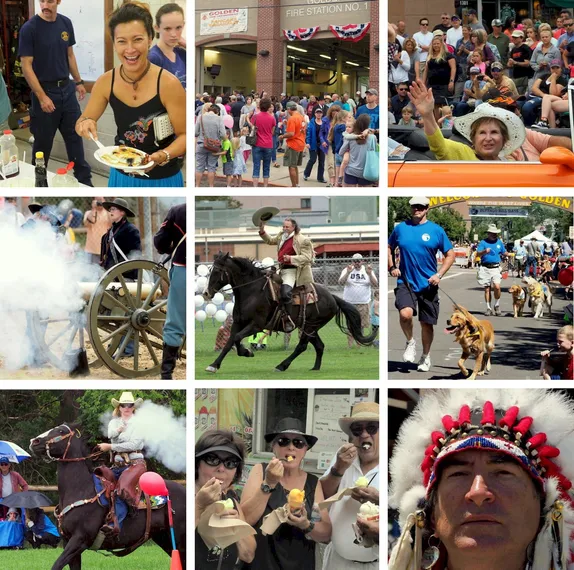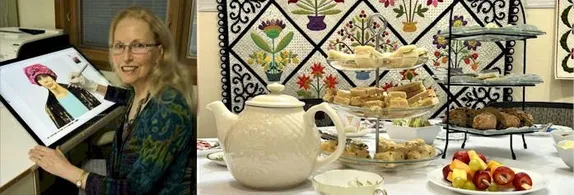9AM-2PM Brunch at the Rose – Menu | Reservations
9AM Coffee with a Ranger at the Lookout Mountain Nature Center
2PM Golden Walks: Tucker Gulch / Hogback Ridge
2PM Miners Alley Playhouse – Frankie and Johnny in the Claire de Lune
3:30PM Great Decisions: Pick up Materials at Your Library
Today’s Music:
11AM Tony Rosario at Dirty Dogs Roadhouse
3PM Open Mic Night at Cafe 13
The Downtown Parking Saga – Part 1
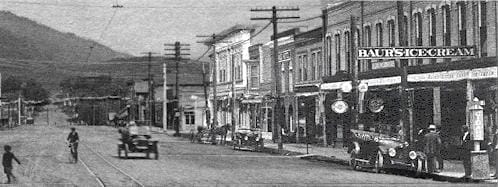
Cars were a rarity in Golden until the 1920s. Once they came, Golden had to scurry to create traffic laws and parking standards. In the early twenties, drivers were able to park their car parallel to the curb. This quickly proved to be an inefficient use of street space, and in 1928, the City passed an ordinance requiring that drivers adopt diagonal parking along Washington Avenue. This bought us a few more years.
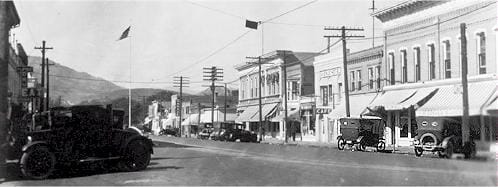
In 1935, The Colorado Transcript suggested that locals walk downtown, to leave parking spaces available for tourists.
In 1937, the Transcript regarded tight parking as a sign of economic prosperity, and bragged that “it has been almost impossible on Saturday afternoons to find a parking place on Washington Avenue.” The City considered installing parking meters downtown. The Transcript said “Phooey on this notion of establishing parking meters on city streets. Citizens are obliged to pay plenty for construction and maintenance of the streets, and it’s certainly rubbing it in to ask that they pay extra for the privilege of using them.”
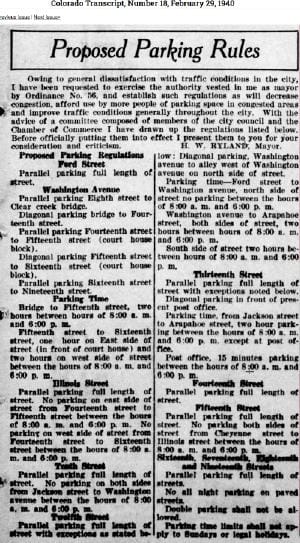
In February of 1940, the Mayor published a detailed set of rules concerning parking–which streets should have parallel parking and which had diagonal parking. The new rules went into effect on March 18th, but Golden soon learned that publishing the rules in the paper wasn’t enough–they needed signs, too. The new parking rules were put on hold.
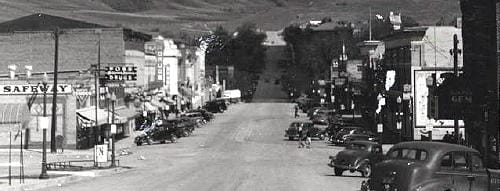
In 1941, the City painted stripes on the street to indicate the location of parking places, and they introduced a 2 hour limit on downtown parking. In 1944, the Chamber of Commerce asked that all parking regulations be suspended for the duration of World War II. In 1946, despite wartime rationing of gasoline and tires, parking was so bad that City Council voted unanimously to install parking meters. The Chamber of Commerce asked them not to, so the meters were not installed.
In 1947, the Transcript conducted a poll of downtown merchants and wrote an editorial saying that parking meters were the only solution. Council was still operating on the Chamber’s request and delayed installing meters. In 1949, the City began widening streets to allow for more diagonal parking and to make space for turn lanes.
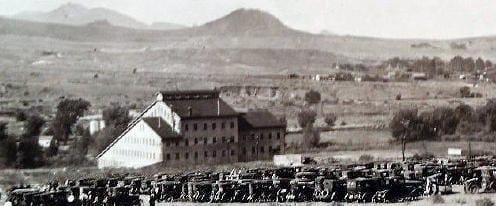
Also in ’49, the School of Mines began to restrict parking on campus.
In 1950, talk of parking meters was circulating again. They decided to cut the parking time limit from two hours to one on Washington Avenue. Cops began ticketing. The merchants howled about the ill-treatment of their customers. The Chamber protested the tickets and all fines were forgiven, but officials were baffled as to the next step.
As the 50s progressed, concern about parking reached frantic levels. Nearly every issue of the weekly Transcript included an article about “Golden’s Biggest Problem.” Safeway moved from Washington Avenue to Ford Street, and the new store included a parking lot. Store owners and employees were asked to park in more remote locations. Parking meters were a recurring topic of conversation. Police resumed ticketing motorists who parked improperly or exceeded their time limit.
In 1954, the Planning Commission said we must either widen more streets to allow more diagonal parking or buy a half block, raze the buildings, and provide a parking lot.
Tune in tomorrow to see what they decide!
This history was compiled by reading historic Colorado Transcripts and Golden Transcripts. Many thanks to the Golden History Museum for putting the Transcripts online, and many thanks to the Golden Transcript for documenting our history since 1866!
Monday Preview:
10:15AM Toddler Time at the Library
11:15AM Let’s Dance at the Library
12:15PM Preschool Time at the Library
2PM Microsoft Excel: Basics at the Library
6PM Make It Count MAGIC Monday at the Buffalo Rose
6PM Bee-Engaged: An Average Joe’s Guide to Honeybees at the Library
6:30PM Historic Preservation Board Meeting
7:30PM Nar-Anon Family Group at Calvary Episcopal (map)
Monday Music:
6PM Fireside Pickers at New Terrain Brewing
6:30PM Open Mic Night at Dirty Dogs Roadhouse

